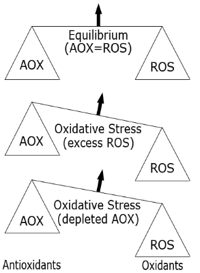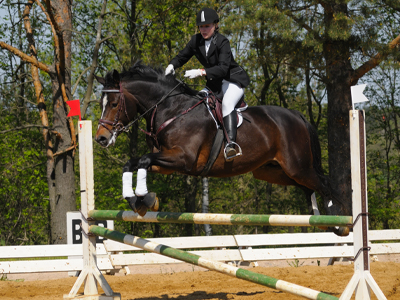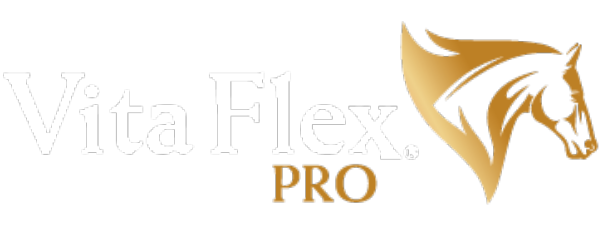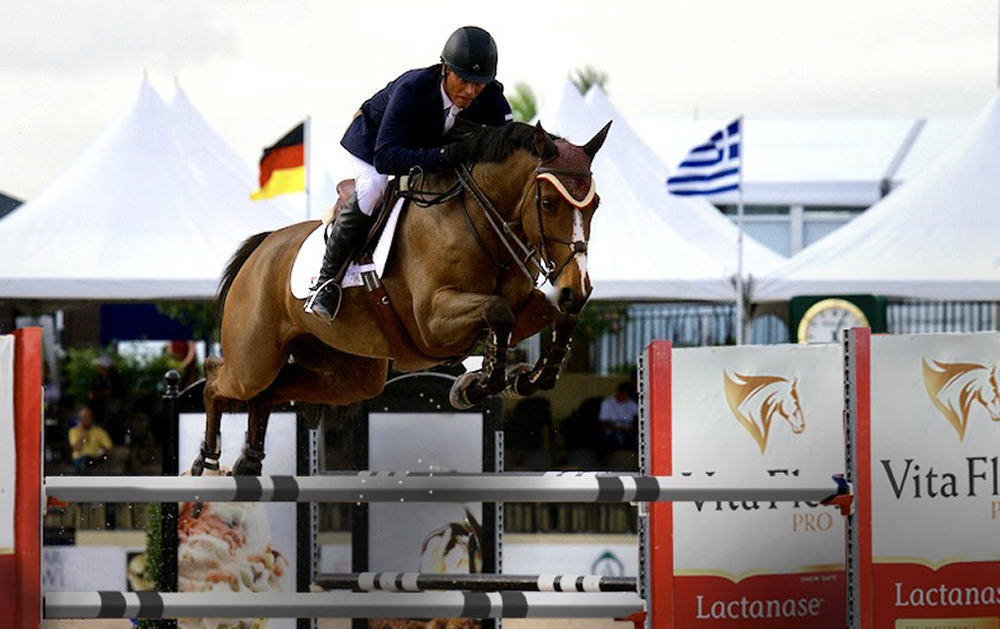What is Oxidative Stress?
Richard G. Godbee, Ph.D., PAS, Dipl. ACAS-Nutrition
Oxidation of nutrients (protein, carbohydrates and fat) provides the energy needed for normal muscle function. Exercise causes a dramatic increase in this oxidation, resulting in the production of reactive oxygen species (ROS). These free radicals, or ROS, can damage DNA and contribute to degenerative changes throughout the body. Natural antioxidant defenses (endogenous antioxidants) help prevent free radical induced damage. However, after prolonged or strenuous exercise, free radical production may overwhelm the system, and oxidative stress (an imbalance of free radical production and antioxidant defenses) can occur.

Oxidative stress can be managed through supplementation with natural exogenous antioxidants, grouped as enzymatic or non-enzymatic. These groups are responsible for converting ROS to hydrogen peroxide and to water. Vitamin E, a non-enzymatic antioxidant, blocks ROS attacks on fatty acids in cell membranes and the formation of lipid peroxides. Selenium (Se) is considered part of the enzymatic antioxidant family, as it is an integral part of glutathione peroxidase. Non-enzymatic antioxidants include Vitamin E, Vitamin C and lipoic acid. Vitamin E blocks ROS attacks on cell membrane fatty acids and the formation of lipid peroxides. Vitamin E also works in tandem with Se to decrease oxidative damage to cells. When Se is deficient, there is a reduced amount of glutathione peroxidase formed and the requirement of Vitamin E would be increased.

All horses are subject to oxidative stress. As the workload increases, dietary energy must be increased to maintain weight and condition, thus increasing free radicals and the need for Vitamin E and Se supplementation. In addition to horses in intense training, sick or debilitated horses can also have elevated levels of ROS. Certain environmental conditions (poor air quality, smog) and dietary ingredients (high fat) may also increase the need for antioxidants. One example of environment and oxidative stress is cold weather. As the temperature decreases, horses require more dietary energy to maintain body temperature. A 1°F drop in temperature below the horse’s lower critical temperature (LCT) results in a 1% increase in digestible energy. The lower critical temperature for a mature horse in dry conditions is 10°F. Horses in snow, rain, mud; that have been body clipped; are young or debilitated have a LCT of 59°F. It is as important to add a quality antioxidant supplement to the horse’s ration during the winter months even when he is not working as hard as usual. Any abnormalities, including fever, depression, lack of appetite or signs of respiratory problems warrant examination by a veterinarian. An increased temperature is a sign something is going on, and when detected promptly can be checked by a veterinarian and treated as necessary.
In summary:
- All horses are subject to free radical formation.
- Increased activity, workload or environmental conditions can increase the formation of free radicals.
- Feed ingredients may also influence antioxidant requirement (i.e., increase need for Vitamin E in high-fat diets).
- Natural exogenous antioxidants are important parts of the antioxidant system.
- Vitamin E, Vitamin C and lipoic acid are other important nutrients that function as antioxidants.


